They are found mainly in Japanese temples gardens. Their historical and cultural significance is significant. Their black trunks make them easy to identify. And they are found all along the Japanese coastline. This is why they are the perfect trees for bonsai. Find out how to care for and grow a Black Pine Bonsai.
Table of Contents
| Botanical Name | Pinus Thunbergii |
| Common Types | Majestic, Shirone Jamon, Thunderhead Pygmaea, Oculus, Draconis |
| Sunlight | Sun in cool regions but partial shade in hot areas |
| Soil | Acidic but moist and drainable |
| Water | Water less than many other Bonsai tree varieties. Some even have drought tolerance. |
| The Beginners Guide | Yes! Japanese black pine trees can be easily maintained and are resistant to disease. You can also easily prune these trees. |
| Indoors or Outdoors? | Outdoors |
| Pairs With… | Rocks, moss and other natural ornamentation |
Japanese Black Pine Bonsai Trees
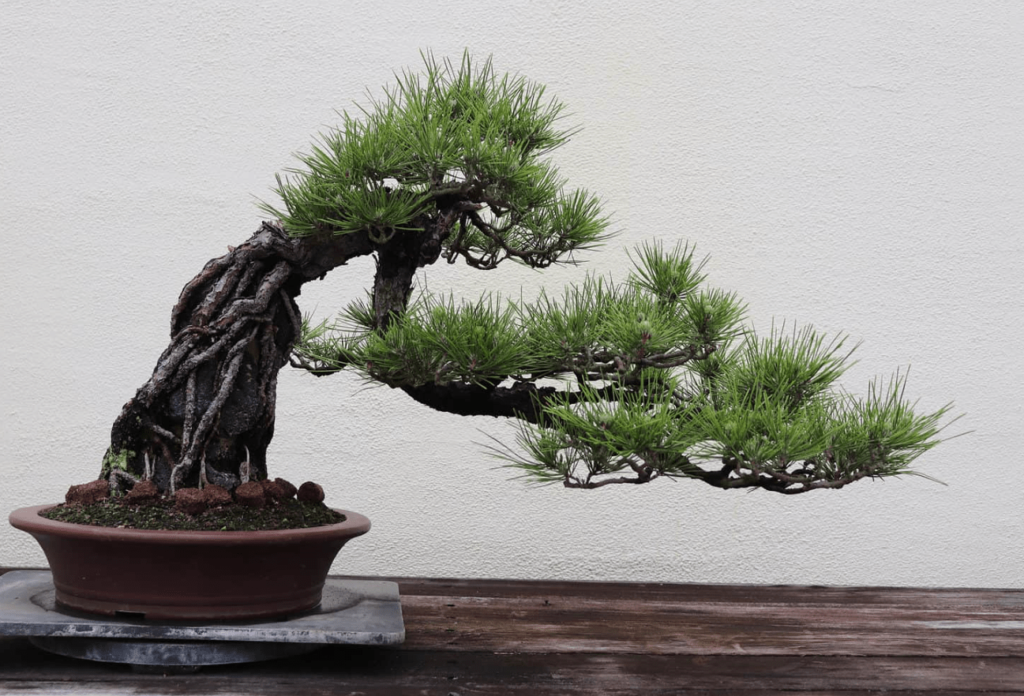
The bark of the black pine can be grey or even black. That is why this tree is often called “two flash” meaning that its needles are produced twice annually. In the forests in Japan during the summer, you will see that this tree has needles which fall out due to wind and rain. It will grow again in the fall. It will grow back in the fall. While these can be dismissed simply as bonsai artwork, they do have some benefits. Then we will talk about it.
As a coastal species, the black pine can be used to create a warm, humid climate. However, black pine will grow anywhere that isn’t too hot.
Oculus Draconis
It is true that there are six types of black pin. There are six black pine species. These plants are normally grown as dwarfed versions of the original plant. You can grow pure black firs as bonsai. But the smaller types are much better for this art.
Majestic Beauty
If planted in nature, these trees on the Japan’s coasts will grow up to 60 feet. Majestic Beauty Black Pines are smaller than their mother plants. Because of this, the Majestic Black Pine is better for bonsai.
Majestic Beau Black Pine prefers soils which are acidic with good drainage. Light and plenty of water. Frost and cold are not a problem for these trees. Also, they can tolerate drought.
Oculus Draconis
Growing in their natural habitat can allow these small trees to reach 6-8 feet. Because of their size, they are perfect for Bonsai. Named “Eye of the Dragon” in Latin, this tree gets its name from the red needles. Pine cones emerge from the base. Thus, they become yellow. Because each bundle of needles are colored, it appears to be an eye. Black pine (Oculus Draconis), which is also known as the black pine tree, grows best with moist and well-drained conditions in full sunshine.
Shirone Jamone
Shirone Haoun is translated as “cold white eye of a Snake” in Japanese. Its color comes from its needles. They have yellow stripes along each of their needles. The yellow stripes are similar to those of snakes’ eyes.
Shirone Hamoun, also known as black pine grows best when the soil is moist with good drainage and in direct sunlight.
Thunderhead
Also known as Nyudo, the black pine is more a small shrub. Its leaves are compact and closely packed. These plants can be used for bonsai. These trees feature beautiful, silvery branches. This tree looks like it is surrounded with dark green needles.
Nyudo black pine does best in moist soil. They are good drainers. This plant is highly acidic. It will also grow in neutral sand.
Pygmaea
Pygmaea Black Pine is also a small variety of black pine. Its small size makes it ideal for creating Bonsai Art. Allowing these plants to develop naturally, they will look like an uneven shrub rather than a real tree. The larger the plant, the greater its thickness! A small Pygmaea pine tree is known as being very hardy. It can tolerate water shortages, soil salinity conditions, and other adverse environmental factors.
Pygmaea is best grown on soils that are moist but well drained. To receive maximum light
Japanese black Pine Bonsai care

Unfortunately, it is not very difficult to maintain a Japanese spruce bonsai. This species is low-maintenance, which will make it a great choice for both new and seasoned bonsai practitioners.
Maintaining the growth of Japanese black pine Bonsai is easy with these helpful tips.
Sunlight
Japanese blackpine bonsai all require ample sunlight for growth. They can be difficult to prune because of their long, slender needles. However, the plants can be grown in both full and partial sun.
SoilType
It is important that the soil be well drained for Black Pine Bonsai. Other bonsai, as well as special bonsai mixes work for black pin bonsai. While soil conditions vary between varieties, they may also differ for black pine bonsai.
Water
Make sure the roots of black pine bonsai trees are not dried completely. Pygmaea as well as most other varieties of bonsai can tolerate drought. In general, pine trees do not need nearly as much irrigation as some other varieties of bonsai.
In order to prevent the growth of the second needles after you have cut the first ones, it is important that they are protected from adverse weather. When you rinse the needles too often, they may grow long.
Placement
It is possible to keep the bonsai outside for most of he year. They require extra care when it is very hot or extremely cold. In a place that’s warm, it is advised to bring your black pin bonsai into the partial shade. Or keep it in summer. It is important to give the black pine bonsai full sun when you move it inside.
While black pine has a high tolerance to cold because of its use in cool climates it may be weakened by being planted and grown as a bonsai. It can be placed in a garage, shed, or greenhouse. You can keep your pine tree in a location with ample sunlight and protection from frost or wind.
Pruning Your Japanese Black Pine Bonsai Tree
This is because black pine generally does well with balancing, and trimming. Due to its large, strong and flexible trunk, this is what happens.
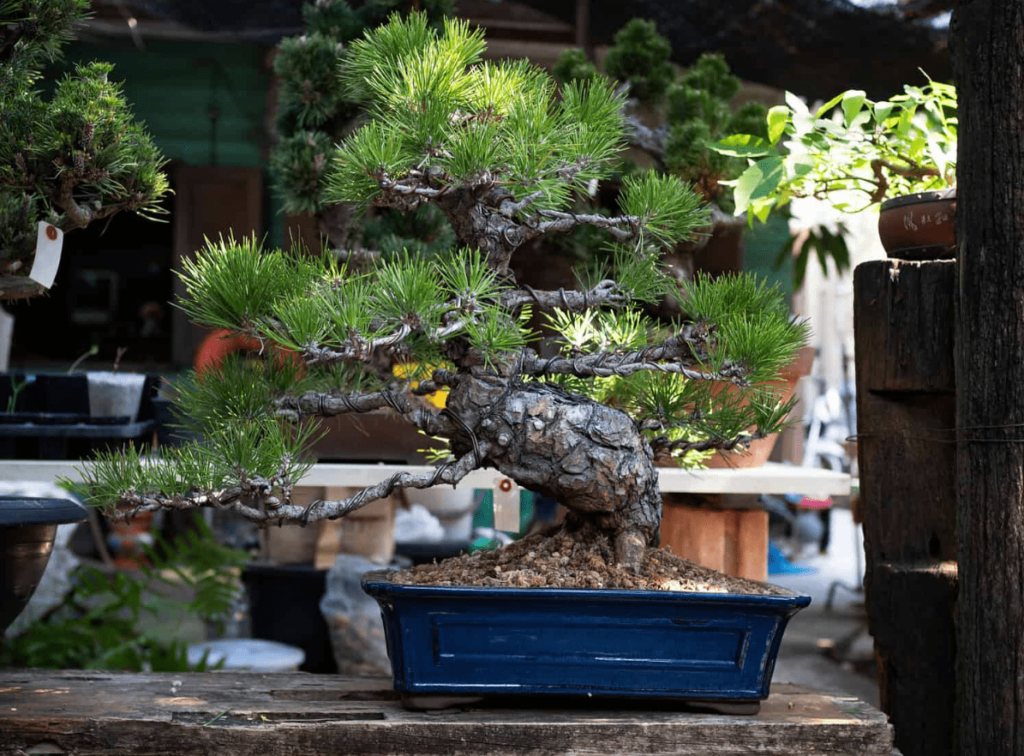
To simulate natural growth in black pine, the first growth was removed. Start it either in early or late summer. You can remove the candle when you are ready. In spring, conifers send up upright stems and they rest at the end of every branch. They are known as candles. You should leave an adequate stump on the bonsai trees in order to encourage the growth of the leaves. If you want the best possible results, your stub needs to be approximately 1/4 inch in length and covered with needles.
If the second segment of the needles is visible in autumn, then you can remove the branches.
Bonsai Japanese Black Pine Trees Styles
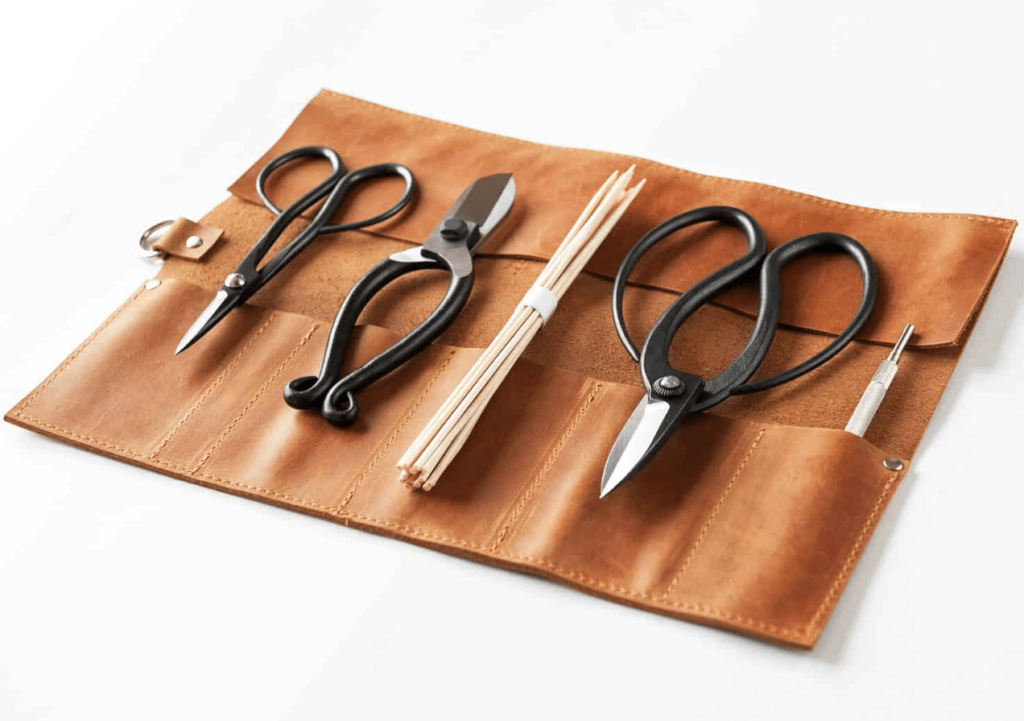
Bonsai are also available in various shapes. Both styles work equally well. The Chokkan is a great way to show off your style, whether it’s a dramatic Hankengai.
Hakkan is a formal upright or Hakkan. It’s considered the easiest way to learn bonsai. A sturdy stem and dense, lively foliage is the reason for this. Black pine works well for this type of design. Sokan is similar to this style, although it’s more difficult. Only that the bonsai has been split in two. Un. Moyogi is a more casual, upright style. Bonsai that are made using this technique mimic the letter S.
Hankengai bonsai has a complex yet beautiful form. The trunk of the bonsai will stand upright for about a couple centimeters before it is pruned. Its thick and solid trunk makes black pine the perfect tree for this species.
Propagating Your Japanese Black Pine Bonsai Tree
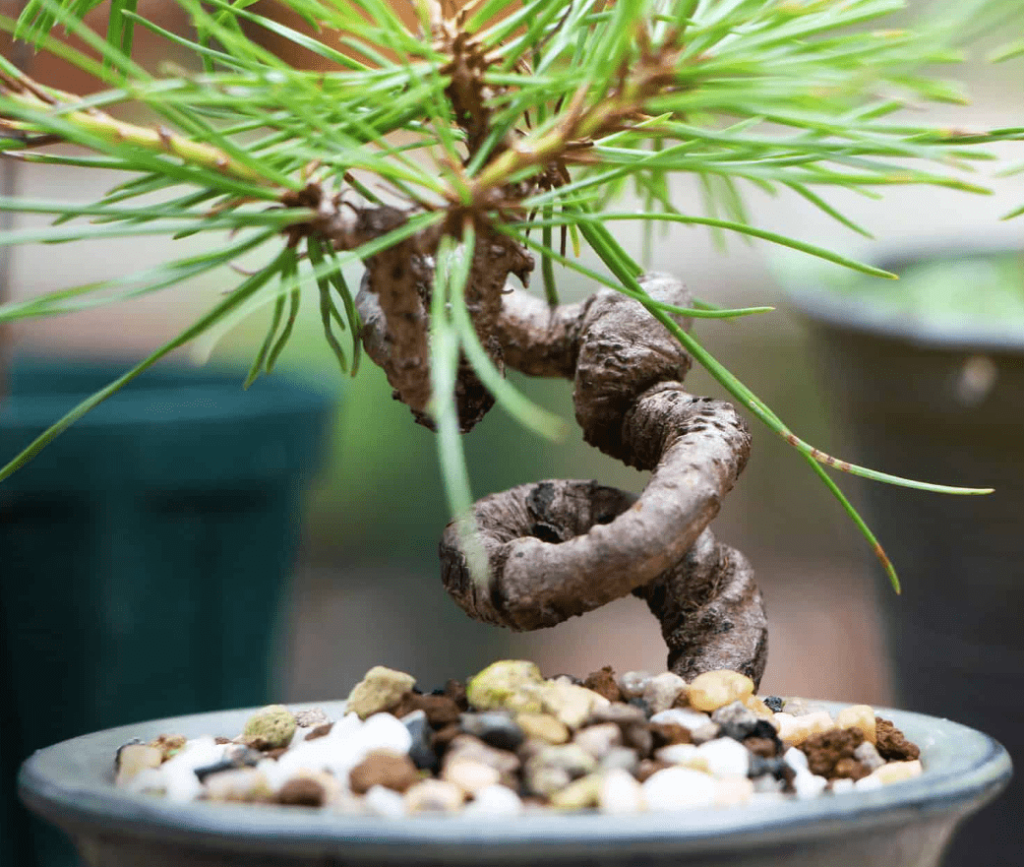
This is an easy process. The grafting method is also possible!
Common problems with Japanese Black Pine Bonsai Trees
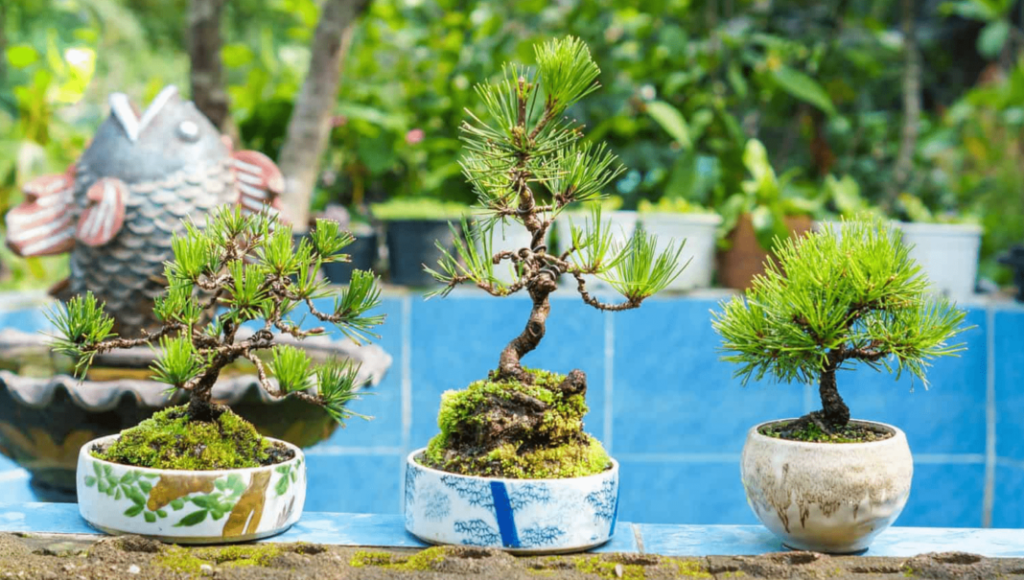
Unfortunately, many black pine trees suffer from pests and illnesses. Aphids, spider-mites, caterpillars… and in rare cases root rot. However, these pests can harm bonsai black pine. You can solve these problems with insecticides. Once a pine trees is affected by a particular disease, they will soon die.

